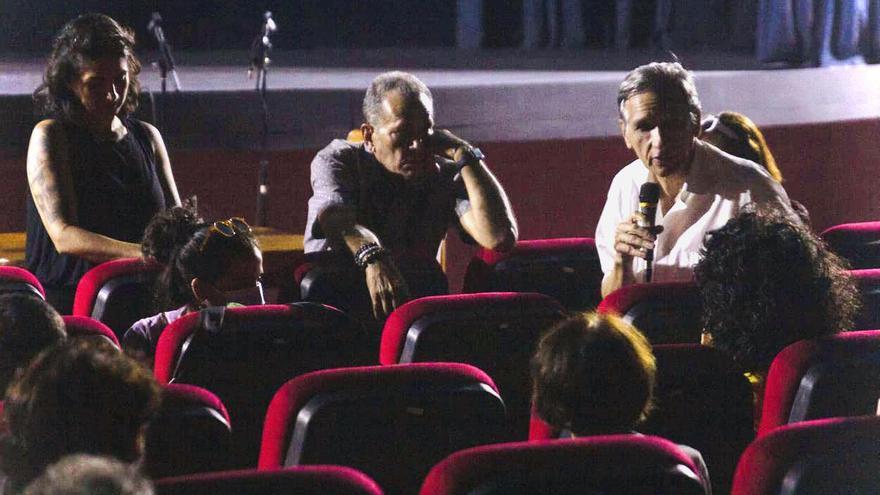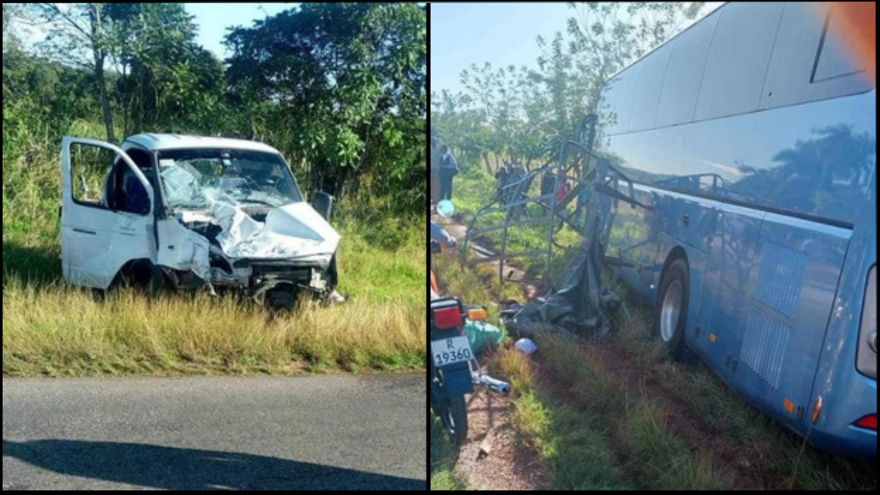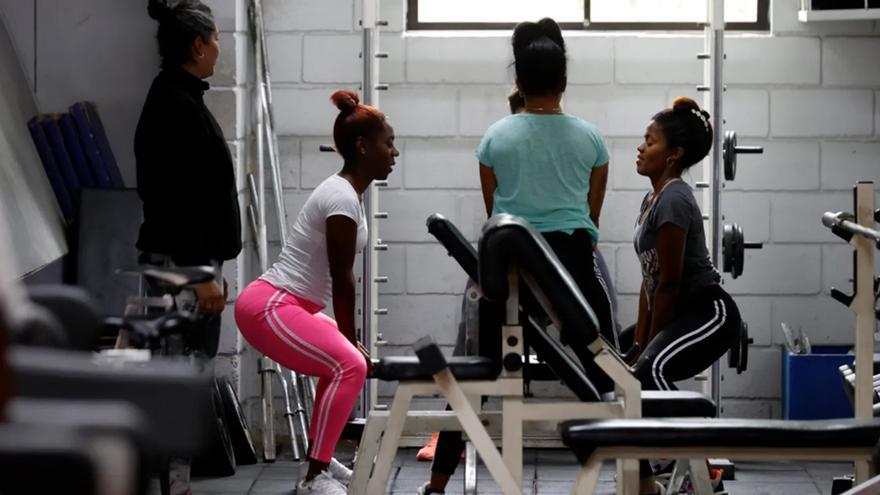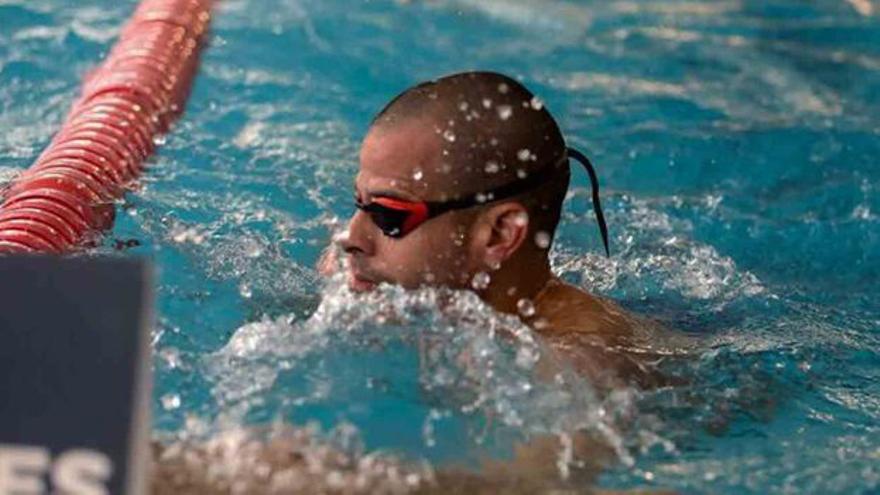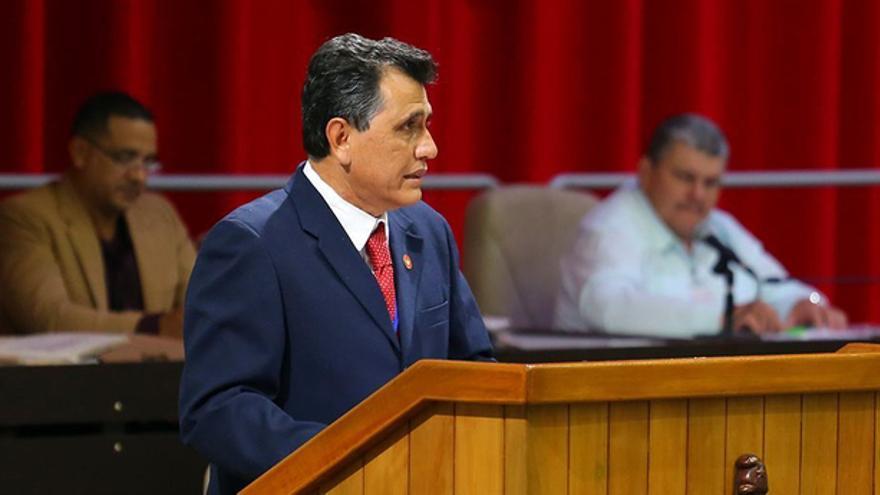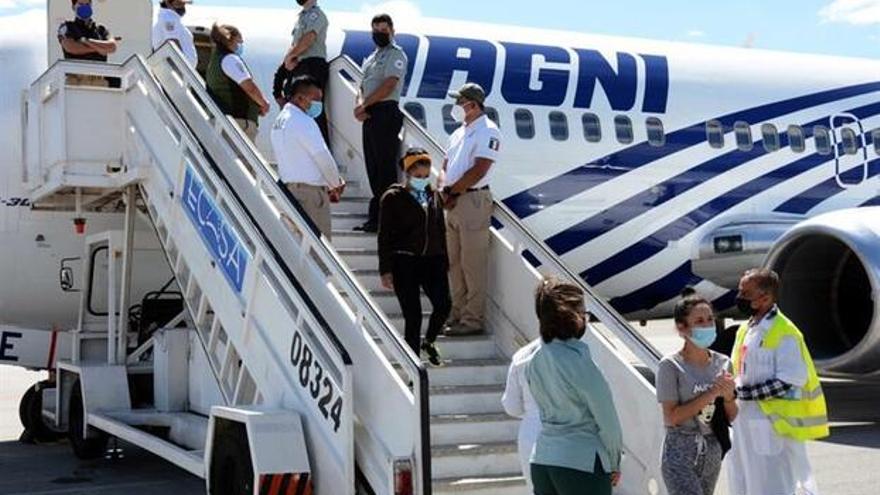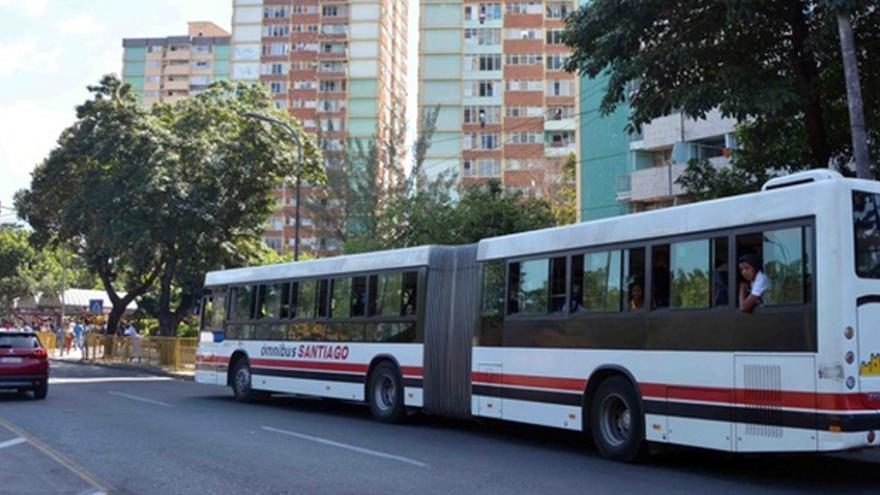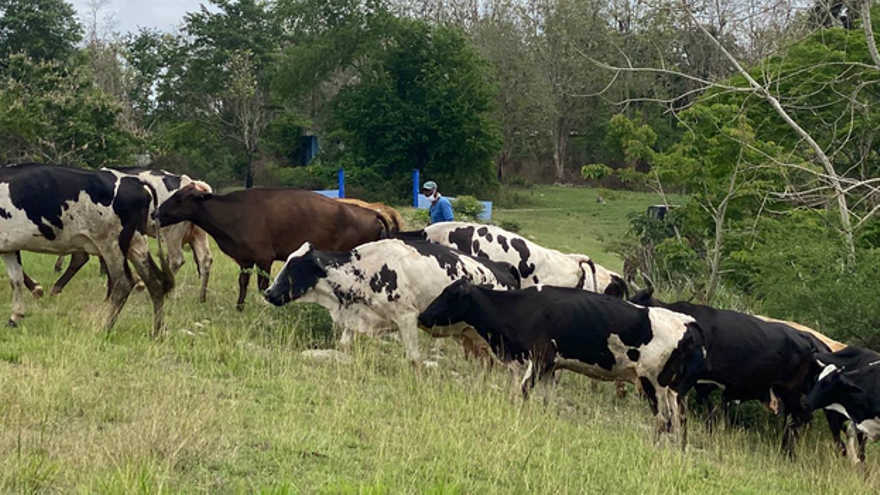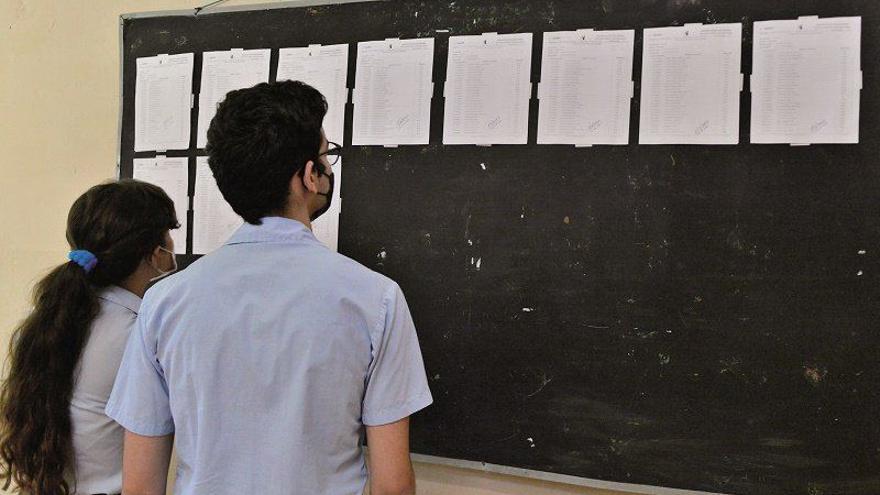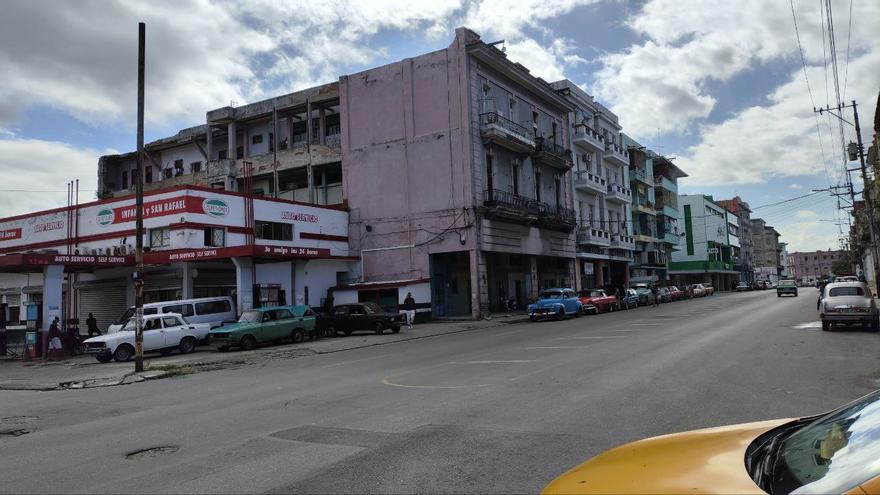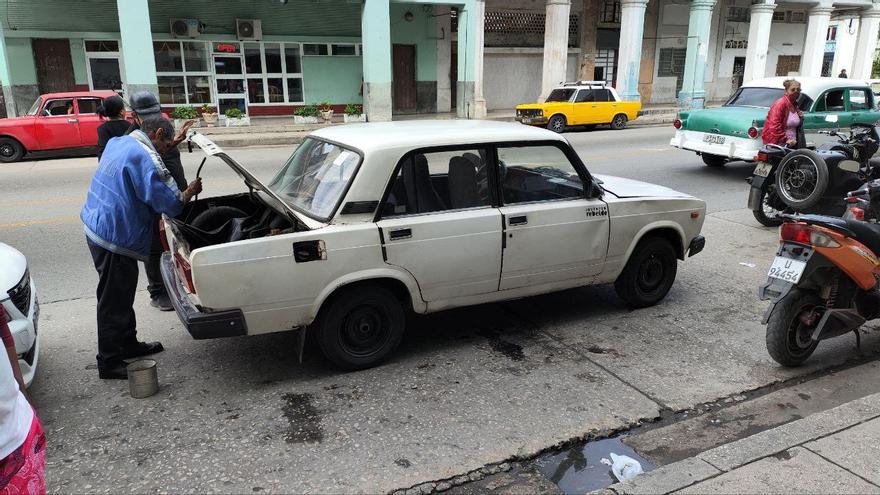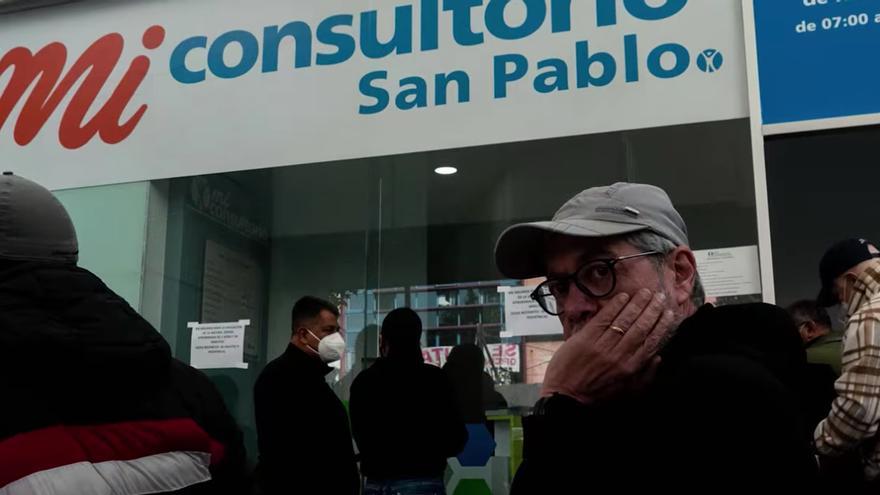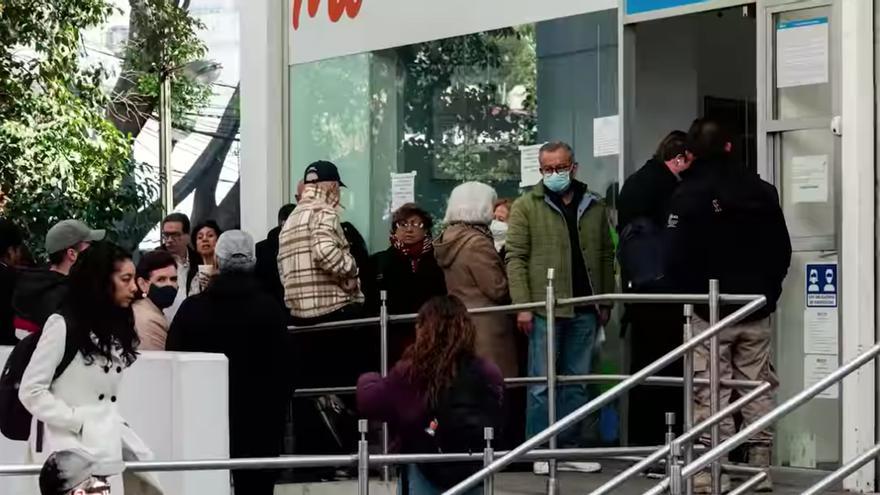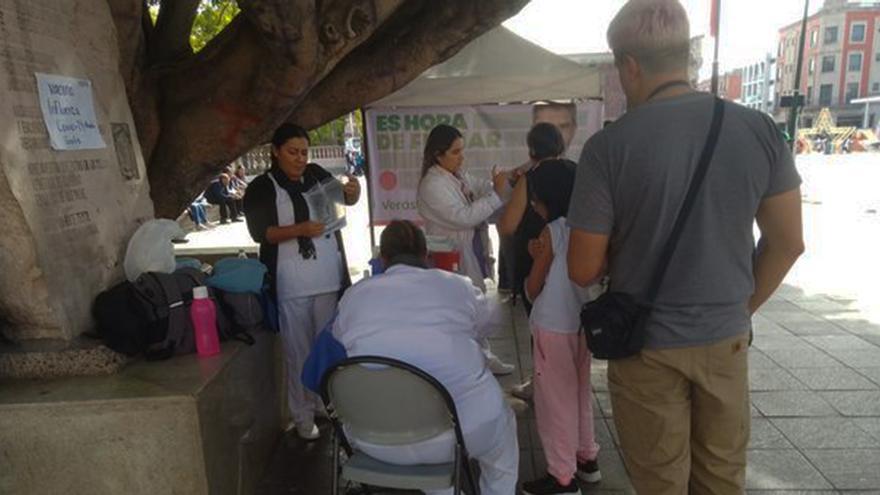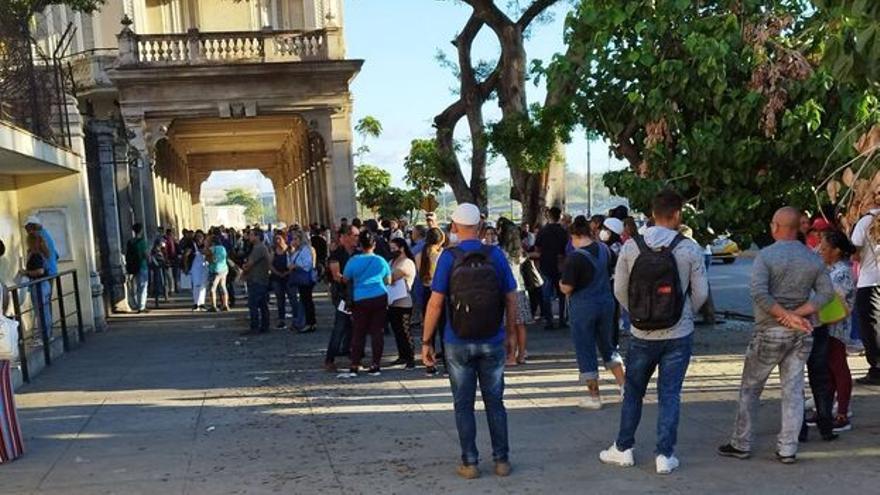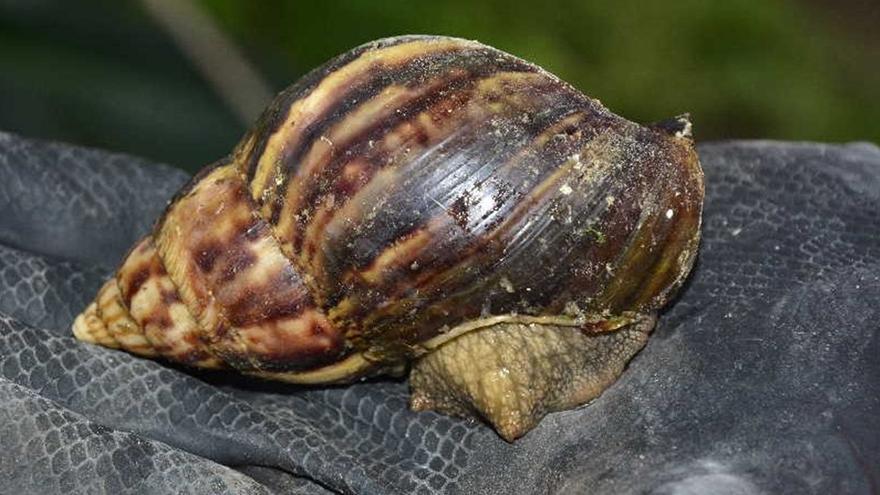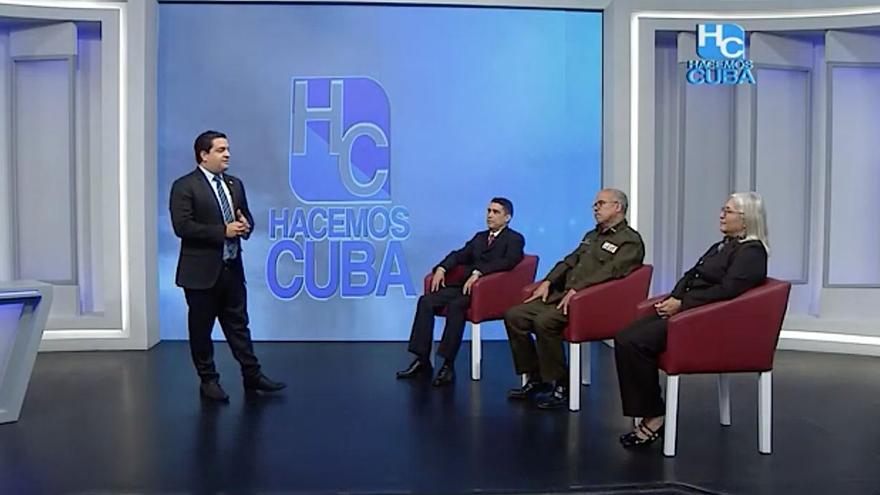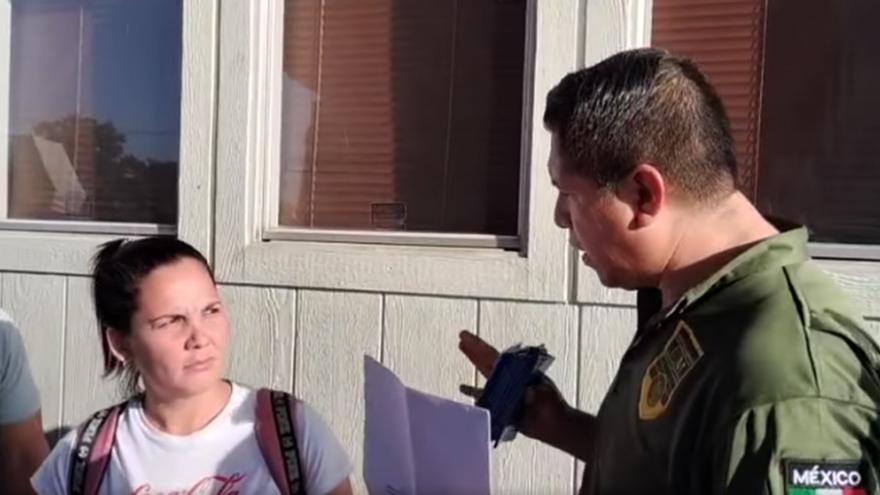
![]() 14ymedio/EFE, Mexico, December 25, 2023 — “Do you want to continue? You must pay 1,500 Mexican pesos (88 dollars),” said a Migration agent who withheld the passports of 13 Cubans on Monday at the checkpoint located in the municipality of Viva México (Chiapas). According to Zuselmi García López, they were traveling to join the caravan that left Tapachula on the same day with more than 10,000 migrants.
14ymedio/EFE, Mexico, December 25, 2023 — “Do you want to continue? You must pay 1,500 Mexican pesos (88 dollars),” said a Migration agent who withheld the passports of 13 Cubans on Monday at the checkpoint located in the municipality of Viva México (Chiapas). According to Zuselmi García López, they were traveling to join the caravan that left Tapachula on the same day with more than 10,000 migrants.
García López told local media that the agents first said that they were going to give them transport to Tuxtla Gutiérrez and that there they would “do the legal papers to continue.” This is the method that the officers use to dissolve the caravans. They put the migrants on trucks and return them to Tapachula; others take them to the Siglo XXI immigration station where they are detained for days.
At Cubans’ insistence to recover their passports, another officer told them that Admiral Roberto González would give them their passports when the caravan arrived. García López insisted that they wanted to continue with the group led by Luis García Villagrán, director of the Center for Human Dignity. That’s when they were told that they had to pay if they wanted to get their passports back.
Before the caravan arrived at the checkpoint in Viva Mexico, the Cubans denounced the attempt at extortion before some media that were at the continue reading
With the arrival of the caravan, García Villagrán used a loudspeaker to address Admiral Roberto González. “We asked for the passports to be returned to this group of Cubans. Why don’t you want to give them to them?” said the activist. Minutes later, the documents were returned to Zuselmi García López.
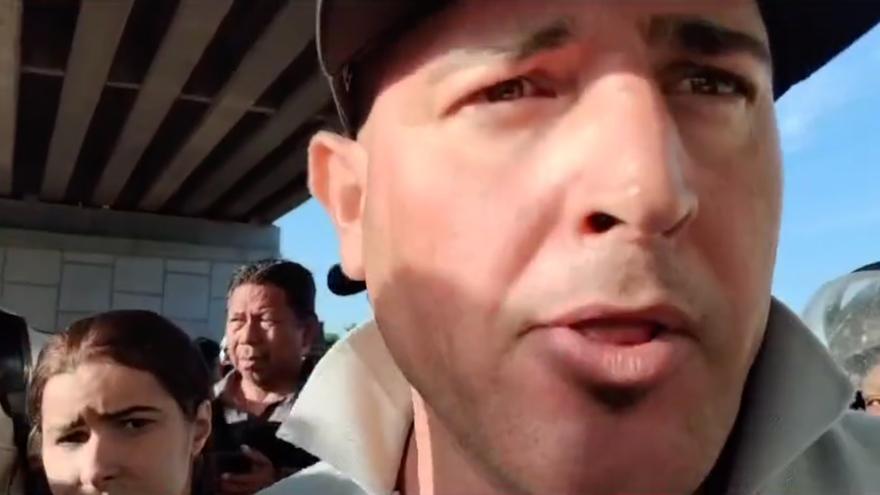
According to Luis Rey García Villagrán, this caravan is the largest exodus of this year and could exceed 15,000 people who will walk for days to reach Mexico City as its first point. “We are leading this group, which has become a human traffic jam, and we tell the Mexican state that it leaves us no choice but to walk on the road until Migration and the president, Andrés Manuel López Obrador, tell us yes or no.”
García Villagrán stressed that “today we, the poorest of the poor, are walking, those who are at the peak of need, those who do not have money to pay for visas or coyotes.”
The Venezuelan Jesús Silva, who is traveling with his wife, told EFE that in Ciudad Hidalgo the Migration agents took him to the Siglo XXI Migration station, where an officer told them to leave Mexico.
“Really the only option is to walk. I rely on the caravan, because that’s where we feel the safest, with Latino brothers who have left their countries with a new dream, with hope of a better life,” Silva shared.
The Honduran José Wilmer Fernández Caballero, who showed his “positive resolution” paper from COMAR, the Mexican Commission for Aid to Refugees, has tried to leave Chiapas, but the immigration authorities tell them that his paper is worth nothing and doesn’t work.
“It didn’t help to spend so much time in Tapachula; it was lost time. They always take me back. We have the positive resolution paper with us, but they always take me out of the van and tell me that it’s not worth anything,” he said.
Translated by Regina Anavy
____________
COLLABORATE WITH OUR WORK: The 14ymedio team is committed to practicing serious journalism that reflects Cuba’s reality in all its depth. Thank you for joining us on this long journey. We invite you to continue supporting us by becoming a member of 14ymedio now. Together we can continue transforming journalism in Cuba.

